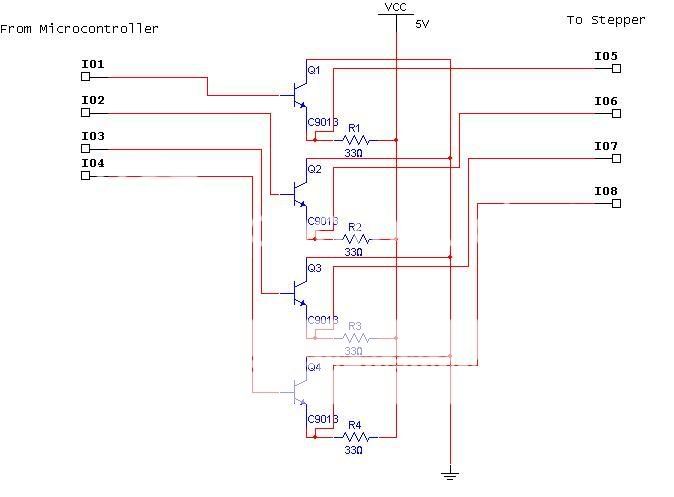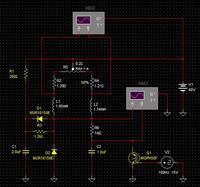engrjsilvestre
Newbie level 4
pic16f84 die
Im currently working on a school project involving the control of 2 stepper motors using a PIC microcontroller.
At the moment Im trying to learn programming PIC's, since we were taught with an MTS 88.C trainer, my transition has been quite tough. However I encountered this I/O board circuit at our lab involving a 74LS244 IC to control a fairly large Stepper motor.

The 5V stepper motor I plan to control is this:

However I am greatly unsure if the circuit is a suitable driver for the stepper motor, or if the circuit can be "compatible" to the PIC.
many thanks if you could help me out in clarifying this.
Im currently working on a school project involving the control of 2 stepper motors using a PIC microcontroller.
At the moment Im trying to learn programming PIC's, since we were taught with an MTS 88.C trainer, my transition has been quite tough. However I encountered this I/O board circuit at our lab involving a 74LS244 IC to control a fairly large Stepper motor.

The 5V stepper motor I plan to control is this:

However I am greatly unsure if the circuit is a suitable driver for the stepper motor, or if the circuit can be "compatible" to the PIC.
many thanks if you could help me out in clarifying this.

